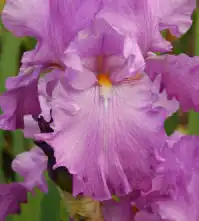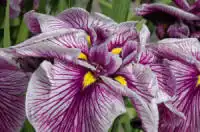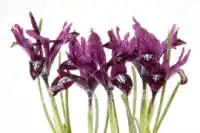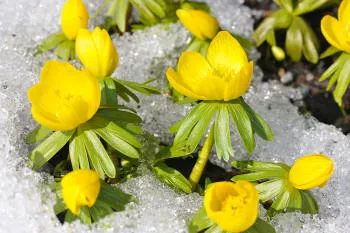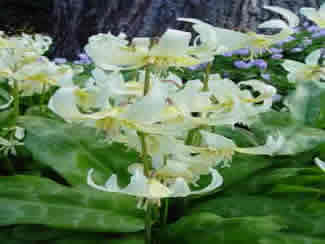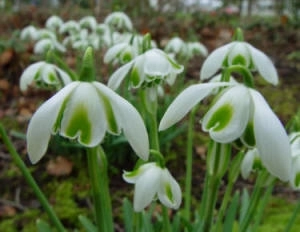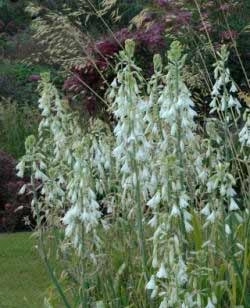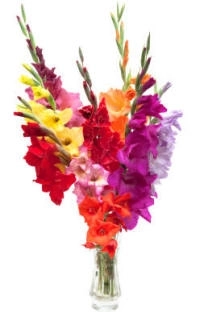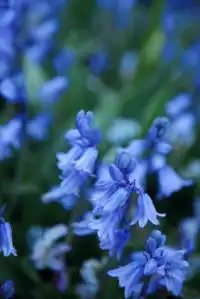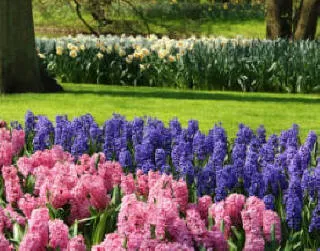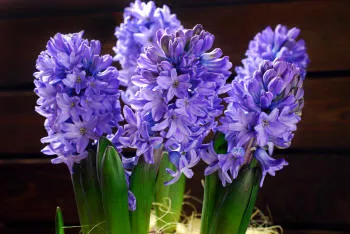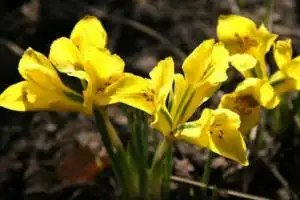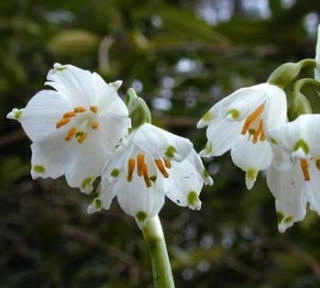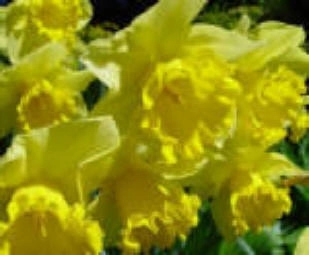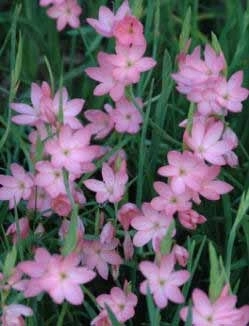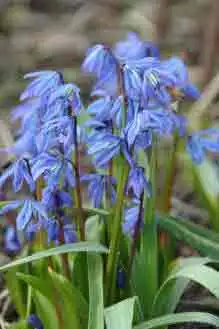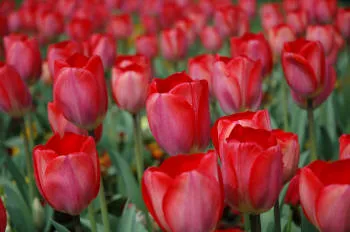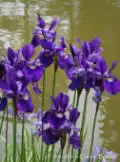
Siberian Iris
Iris sibirica, the Siberian Iris is ideally positioned in damper places (can survive in dry areas), or in garden borders as it is one of the most hardiest perennials. The Siberian Iris enjoys full sun or part shade, it can withstand all the elements, even in Northern England and Scotland.
The Siberian Iris grows upto 120 cm and it is happy to be planted between other plants, its long thin stems will pop up through the other plants, but not too dense. It will co-habit well with hostas.
The Siberian Iris is best planted in early spring as it will flower throughout the spring until early summer.
Plants can be divided in late summer. Slugs are often a problem with
this group of Irises.
Any transplanting - or planting of new plants - should be carried out
in late summer. They should not be planted in winter months.
